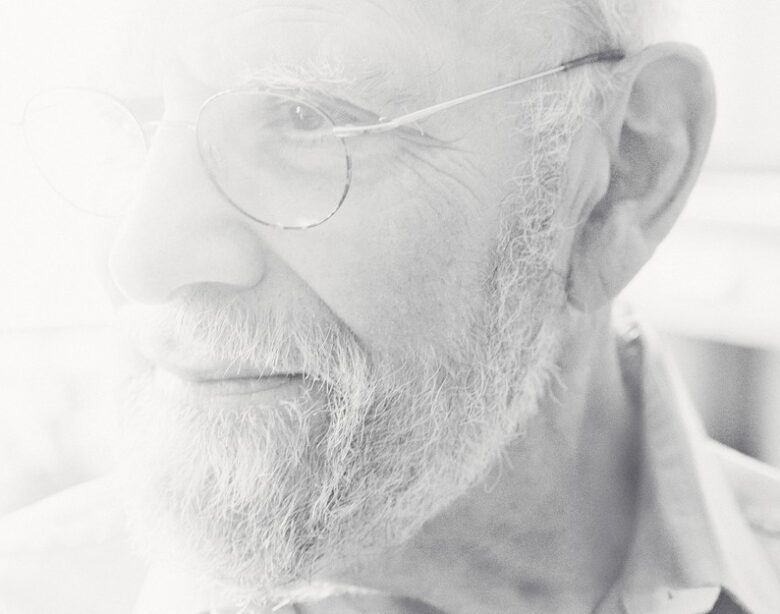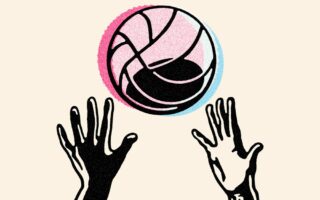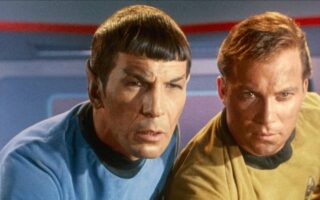[ad_1]
notea small collection of Oliver Sacks’s correspondence, exceeds 700 pages. The life of a world-renowned neuroscientist and author is no small matter. In his first letter, the 27-year-old Sacks described hiking in remote Canada and meeting a man struggling with a leg injury. “I’m a doctor, can I help you?” Sacks recalled. You can ask him. “Me too,” another man said, coming from a different route. In an amazing coincidence, Oliver wrote to his parents and aunt in London: “The only wounded man in an area of a thousand square miles met with only two doctors in an area of a thousand square miles at the same time.” The letter went on to state that both doctors were good Jewish children. Then he describes the landscape in an elegant way. Upcoming hiking people he met and his plans to travel to San Francisco. Sacks asked parents to share. He sent this “massive letter” to his friends, who in turn forwarded it to others.
Over the course of his life, Sacks would travel far—from gay bohemian California to New York monastic life. He also traveled from academic pathology to captivating and popular clinical tales of eccentric patients who Revealing their humanity and us as readers. Writing is his way of seeking acceptance. Connecting with friends and family—and with his own experiences
Over the past two decades We’ve learned a lot about Sacks, the doctor, and the man. In 2001, he published a charming memoir about his childhood fascination with science. Uncle TungstenAnd shortly before his death from cancer in 2015, he brought out his autobiography. while traveling– during that time He eventually allowed his friend Lawrence Weschler to reveal Sacks’ homosexuality in an authorized biography. And how are you, Dr. Sacks? Launched in 2019 and now we have noteBeautifully created by Kate Edgar, Sacks’ friend and longtime editor. It presents a deep feeling of violence. internal conflict strangeness Ambition and a deep interest in the ways in which the human condition manifests itself through our biology and culture. In these writings We discovered a man who is just as eager to get his rightful recognition. with his patient The compassionate physician emerged from his own desire to be understood—a desire that for most of his life would be fulfilled through his writing. both to the public and to public personnel
After leaving the Canadian wilderness, Sacks headed to San Francisco in search of adventure and poetry. The young doctor, known by his middle name Wolf, cut his teeth, drank, and partied around town. “For a pothead like me, SF is second to only a handful of places in the world,” he writes. Freedom for him meant being on the other side of the world from his doctor parents and schizophrenic brother. Freedom also means wearing leather and riding motorcycles aimlessly. And Sacks wants to see it! He became a championship weightlifter. By specializing in squats He describes his weekend at Golden Gate Park: Reading Henry James and Charles Darwin before finishing third among the heavyweights. He liked to multiply the number, proudly telling his parents in one letter: “I like to shake the sidewalk as I walk. and separates the multitude like the prow of a ship.”
But his desire to be seen was precariously attached to fear for his own mental health. He doubted he would really know. Or do other people know it? There were periods of crazy prosperity followed by exhausting self-doubt. We also see self-sabotage. Because Sacks repeatedly defied the etiquette expected of a general practitioner, and then there were drugs: Sacks’ California experiment was full of amphetamines and hallucinogens. As he pushed his body including his brain as far as it could go.
Still, he was able to do well in neurology. and was offered a position at Albert Einstein College of Medicine in New York City. He stopped lifting weights, fell in love, and eventually quit drugs. His connection with his partner Jenö lasted a very long time. Until that wasn’t the case. Early in their time together, he wrote, “I’ve never seen a light of gold before we met in Paris,” and then simply said, “I love you like crazy.” But after a few months: “Perhaps I came very close to you, knowing that reality would not allow that for long. I surrendered to the dream knowing I would wake up. I woke up.”
Soon after his relationship with Jenö, Sacks began psychoanalysis with the famous physician Leonard Shengold, which became a decades-long treatment. Sacks told his brother Marcus what he no doubt learned from Chaingold: If you don’t understand the root of the problem, “You will be condemned. summarize Certain situations are repeated over and over,” or as he told his parents, “There should be less blaming and naming. and understand more”
That simple statement became the credo of Sacks’ career. He got the opportunity to put it into practice when working with post-encephalitis patients at Beth Hospital. Abraham in the late 1960s, they had long suffered from a severe form of Parkinson’s disease. And he describes his excitement, frustration and, ultimately, utter disappointment. This is because his patients only temporarily “wake up” from catatonia. Sacks tells their story in his extraordinary book. awakening– Doctors have discovered a way he can help. and how he was viewed as a savior.
It was almost enough. During this time of hard work and creativity, Sacks wrote to his parents that he felt he would never have a satisfying human relationship: “I always expected to be abandoned or deprived of things.” that I have,” but he added “I get paid well, I can think, I can sublimate. I can bring a stifling enthusiasm to the work.”
and the work he did with great earnestness and from such work The letter shows that he has established a relationship. By rewarding patients whose adversity seems to push them beyond human comprehension, Sacks shows enough empathy and intelligence to connect with them. And he was able to tell their story in a way that earned him recognition as well. He expressed confusion about this. and seems to ask itself: Did I get their story right? Am I invading their privacy? Am I their doctor or just their conversation partner? Sacks received a response from a patient that hadn’t been spoken in decades, thanking him: “I have been born again.” I have been in prison for thirty-three years. You have released me from caring for my condition.”
The letters show how Sacks’s job has at least partially relieved him of oversight. his Symptoms. He discovered in himself an uncanny ability to quickly focus on the lives of people most doctors wanted to analyse, classify, and treat. He is a writer powerful enough to take us into the world of neurological people who, unlike most of his readers, eschew sympathy. That is a very heavy burden. And when successful Sacks has received worldwide acclaim. This made him both satisfied and guilty. “The bad part (of myself) is full of hate, fear, and blame,” he writes, “and is just as selfish and destructive as the bad part.” with the other altruistic and creative.” He noted that psychoanalysis only “alleviates” these elemental conflicts.
Very sublimated! His writing made him known to others and he tried to make himself known through his writing. He wanted to be seen as both a healer and an artist. He cared more about praise from the poet WH Auden (and later his fellow artists) than he did about publishing articles in scientific journals. through a tea strainer”
although awakening This brought Sacks to the attention of the public. (and eventually became a Hollywood film), his greatest success came after its publication in 1985. The man who mistook his wife for a hatA series of clinical stories humanizing people with serious neurological disorders. That fame gave Sacks financial freedom. as well as more opportunities to tell the stories of people who previously seemed inseparable. In most cases He still has a background in neurology. His stories are always scientifically rigorous and deeply observational. But he maintains that this reasoning may be useful for understanding how we construct our identities. “We need a neuroscience of freedom,” he writes.step over the neuroscience of reflexes, systems, cybernetics, and puppetry,” he aims to “Conveying the reality of humanity Clinical reality, phenomenon, history.”
Sacks’s letters are full of doubts about the nature of memory, language, and especially the problem of remembering. He himself has an amazing ability to recognize faces. Even he himself saw that face on the reflective surface. And he was fascinated by how people thought to be incapable could suddenly reveal profound resources about how they feel, think, and act. He writes warmly about music’s ability, for example, to help restore memory and mobility to those whose lives have seemed so restricted.
There are also cute letters. To young people who are interested in science as well. He wrote to students whose classmates found them a little strange. Or are parents worried about their curiosity? He knows something about this. His letters show a man who feared abandonment and longed for acceptance. But he discovered through his training the rewards of his greatest talents: feeling, thoughtfulness, and empathy. “I’m a doctor, I can help,” he said as a young boy in the wilderness. note It shows how his long and fruitful life perfectly encapsulated that simple statement.
When you purchase a book using the links on this page. We will earn a commission. Thank you for your support. atlantic ocean
[ad_2]
Source link




